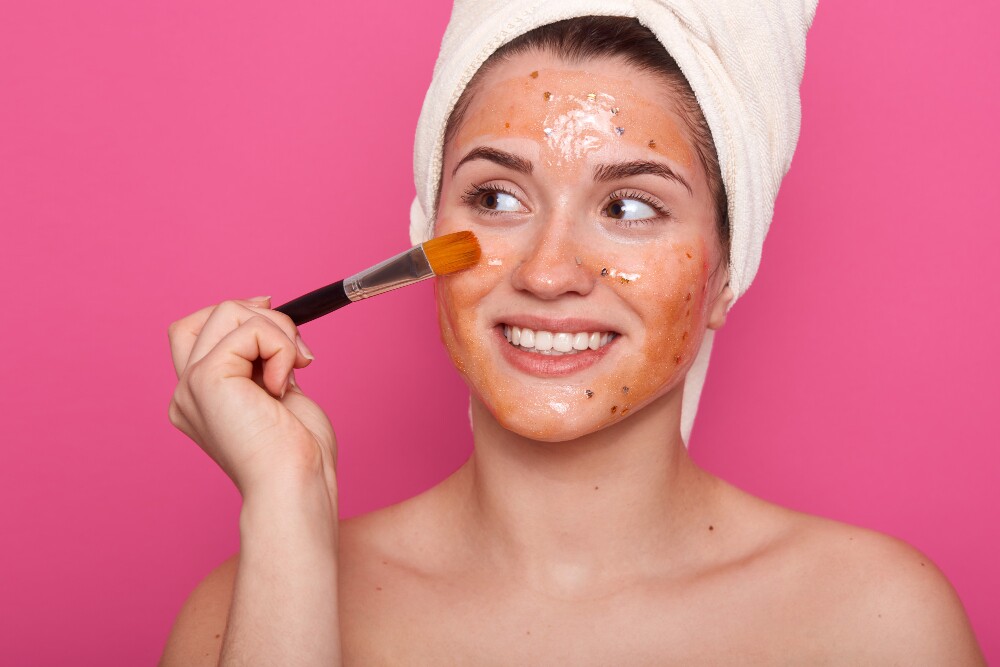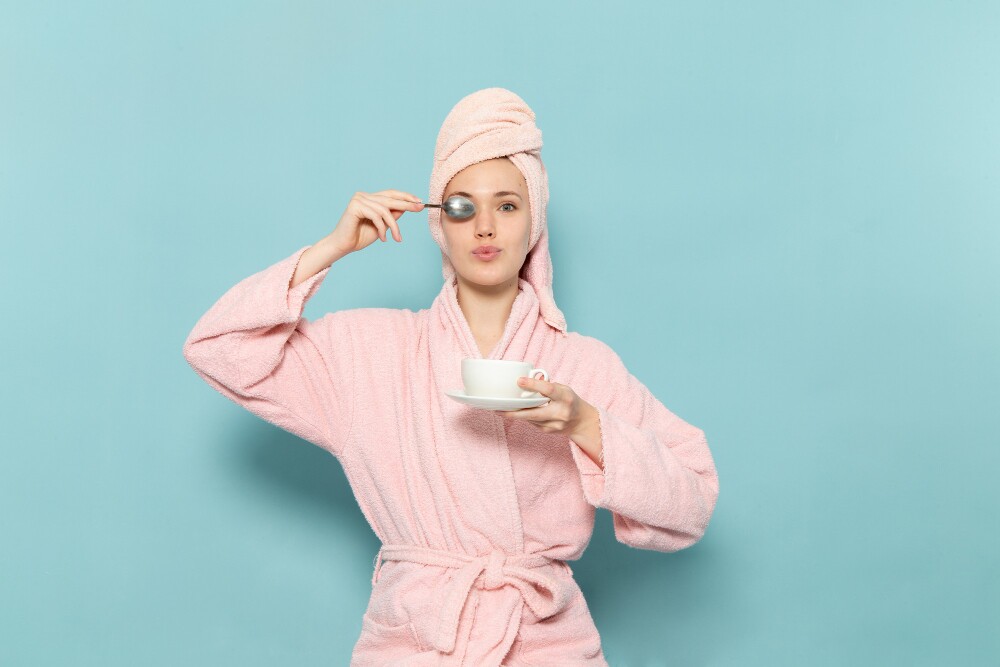How Do Pimple Patches Work? The Science Behind These Blemish Busters

Pimple patches, those tiny, translucent stickers that have become skincare staples, seem to work like magic. But what’s the science behind their pimple-erasing power? Let’s explore how these little dots promote clearer skin.
The Core Mechanism: Hydrocolloid Technology
The star ingredient in most pimple patches is hydrocolloid. This gel-like substance, a mainstay in wound healing dressings, has these key properties:
-
Absorbency: Hydrocolloid has a remarkable ability to absorb fluids. When applied to a pimple, it draws out pus, oil, and other gunk trapped within the blemish.
-
Occlusion: Pimple patches create a seal over the pimple, forming an airtight, moist environment. This occlusive environment prevents bacteria from entering and helps accelerate healing.
-
Protection: The patch acts as a physical barrier against picking and touching. We all know we shouldn’t squeeze our zits, but it’s a difficult habit to break! A pimple patch helps eliminate this temptation.
Understanding the Pimple Lifecycle
To appreciate how patches work, it helps to know a bit about pimple formation:
-
Clogged Pore: The process starts with a clogged pore due to excess oil (sebum), dead skin cells, and sometimes bacteria.
-
Inflammation: The trapped gunk irritates the pore, causing inflammation, redness, and swelling.
-
Pus Formation: Your body sends white blood cells to fight bacteria. This battle produces the white or yellowish pus commonly seen in pimples.
How Pimple Patches Tackle Each Stage
-
Early-Stage Whiteheads: Hydrocolloid patches are most effective on whiteheads, where pus is close to the surface. The patch absorbs the pus and can sometimes flatten the pimple overnight.
-
Popped Pimples: Even after the worst has happened (yes, you squeezed it), a hydrocolloid patch aids healing. It soaks up remaining fluids and creates a moist environment to promote faster skin regeneration.
-
Deep, Painful Pimples: While pimple patches might not fully resolve deep, cystic acne, they can ease inflammation, reduce pain, and prevent additional irritation that could lead to scarring.
Types of Pimple Patches
-
Basic Hydrocolloid: These patches consist solely of hydrocolloid. They are the most versatile type, working on various pimple stages.
-
Medicated Patches: These patches are infused with additional acne-fighting ingredients, such as:
- Salicylic Acid: Unclogs pores and reduces inflammation.
- Tea Tree Oil: Has antibacterial and anti-inflammatory properties.
- Niacinamide: Soothes skin and reduces redness.
- Hyaluronic Acid: Hydrates and prevents dryness caused by other ingredients.
-
Microneedle Patches: These patches contain tiny, barely noticeable microneedles that penetrate the skin’s top layer, delivering active ingredients directly into the pimple for faster and more potent results.
Benefits of Using Pimple Patches
-
Faster Healing: Patches create optimal conditions for healing, reducing the time a pimple lingers.
-
Prevents Scarring: By stopping you from picking and by minimizing inflammation, patches help prevent scarring.
-
Reduces Temptation: It’s hard to resist messing with a pimple! A patch hides it and removes the temptation to pick.
-
Makeup-Friendly: Many pimple patches are translucent and thin, making them nearly invisible under makeup.
-
Non-Drying: Unlike some spot treatments, hydrocolloid patches don’t dry out your skin.
How to Use Pimple Patches
-
Cleanse: Wash the area with a gentle cleanser and pat dry. Don’t apply moisturizers or serums on the pimple.
-
Choose the Right Size: Pick a patch slightly larger than the pimple.
-
Apply: Peel the patch off the backing and stick it directly onto the pimple, pressing gently.
-
Replace: Change the patch when it turns white, showing it’s full of fluid, or after 12 hours.
Who Should Use Pimple Patches?
Pimple patches are suitable for most people but are especially helpful for:
- Those prone to picking at pimples
- People with whiteheads or surface-level pimples
- Anyone looking to minimize pimple appearance quickly
Important Considerations
- Not for All Acne Types: Patches won’t resolve everything. Severe acne, including deep cystic acne, usually necessitates a dermatologist’s help.
- Sensitivity: Some medicated patches can irritate sensitive skin. Stick to simple hydrocolloid if you have sensitivities.
- Won’t Prevent Breakouts: Patches treat existing pimples, not the root cause of acne. Use them in conjunction with a good skincare routine.
Additional Tips
- Storing Patches: Store your pimple patches in a cool, dry place to preserve their effectiveness.
- Use at Night: For optimal results, let the patches do their work overnight while you sleep.
- Don’t Overuse: While safe, overusing patches can sometimes irritate your skin.
Section Expansion Possibilities
-
The Future of Pimple Patches: This section could delve into trending advancements and innovation in pimple patch technology. Here’s what we can discuss:
- Patches for Different Skin Tones: Explore how brands are creating pimple patches in a wider range of colors for a more discreet wear.
- Smart Patches: Touch on the potential of patches that monitor skin conditions and release targeted ingredients, or ones that use LED light therapy.
- Biodegradable Patches: Introduce research into eco-friendly hydrocolloid alternatives.
-
DIY Pimple Remedies vs. Patches: Create a comparison chart analyzing common DIY pimple remedies (toothpaste, lemon juice, etc.) against pimple patches. Discuss efficacy, skin safety, and which approach is preferable under different circumstances.
-
Addressing Misconceptions: A section dedicated to debunking common myths about pimple patches could include:
- “Only for overnight use.”
- “They prevent new acne from forming.”
- “The more medicated, the better, always.”
-
Pimple Patches in a Holistic Skincare Routine: Discuss how to integrate pimple patches into a full skincare regimen. Topics might include:
- When to use patches in relation to cleansers, toners, and treatments.
- Compatible ingredients to use alongside patches.
- Skincare practices to reduce pimple frequency for less reliance on patches.
Additional Sections
-
Pimple Patches – A Dermatologist’s Perspective: Reach out to a dermatologist for a short interview on their views on pimple patches. Consider discussing when they recommend using them, their limitations, and whether there are particular skin types that benefit more from their use.
-
Beyond the Face – Dealing with Body Acne: Provide a dedicated section for using pimple patches on areas other than the face, such as the chest, back, and shoulders. Some brands might offer larger size patches specifically for this purpose.
-
The Psychology of Breakouts: Briefly touch on how a breakout can affect self-esteem and confidence. This can emphasize how pimple patches, while a physical solution, can also be a small boost to confidence by making a blemish less noticeable.
Conclusion
Pimple patches are a clever and effective tool for managing breakouts. By understanding their mechanisms, choosing the right types, and using them responsibly, you can say goodbye to pimples and hello to clearer skin!












